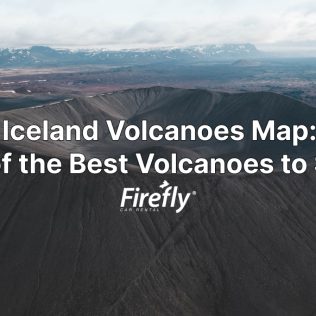Iceland isn’t nicknamed the Land of Fire and Ice for nothing! This volcanic island has over a hundred volcanoes that have gradually formed and changed the landscape for millenia.
If you’re planning to see some of this geothermal activity first hand, these are five of the best volcanoes in Iceland – that you can actually visit.
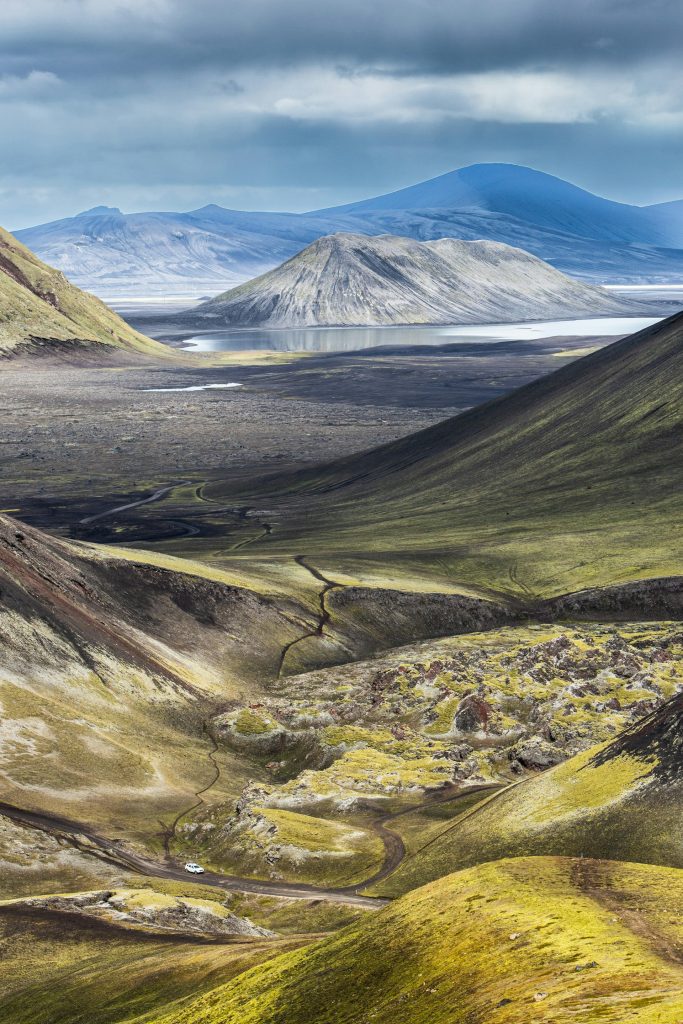
Iceland Volcanoes FAQ
How many volcanoes are there in Iceland?
Iceland has around 130 volcanoes, both dormant and active. Many of these volcanoes are active although there are sleeping giants sprinkled throughout the country.
How often do volcanic eruptions happen in Iceland?
Although it varies, a volcano erupts about every five years in Iceland, but it is more often now in the Reykjanese peninsular, with an average of a few months to one year. Some of the most recent eruptions include the Hagafell / Stora Skogfell eruption in 2023 and the notorious Eyjafjallajökull eruption in 2010, which disrupted air traffic in Europe for weeks.
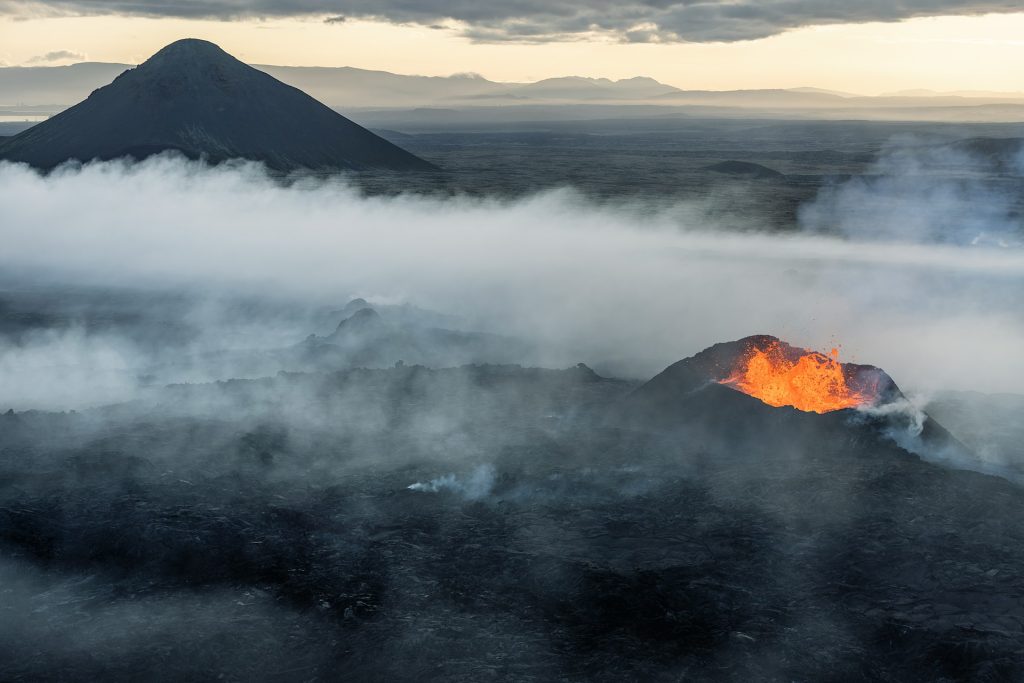
Is it dangerous to visit Iceland’s volcanoes?
Visiting Iceland’s volcanoes can be dangerous, although it depends on whether they’re active or inactive. Newly erupting volcanoes can emit toxic fumes, and it can be hard to tell where the lava flow might go.
If you want to ensure your safety when seeking out Iceland’s volcanoes, make sure to visit some of the island’s dormant volcanoes, like Thrihnukagigur. There’s no risk of these volcanoes erupting any time soon.
Many of Iceland’s volcanic eruptions are highly publicized and draw in not only locals but also tourists. Seeing these eruption sights up close and personal isn’t just dangerous, it also puts a tax on local law enforcement.
Where to get Iceland volcanic activity updates?
There are tons of resources for travelers visiting Iceland who want to know more about volcanic eruptions or road closures.
You can see current eruptions on the Iceland meteorological website and find more information about everything from weather to road conditions on the Safetravel Iceland website.
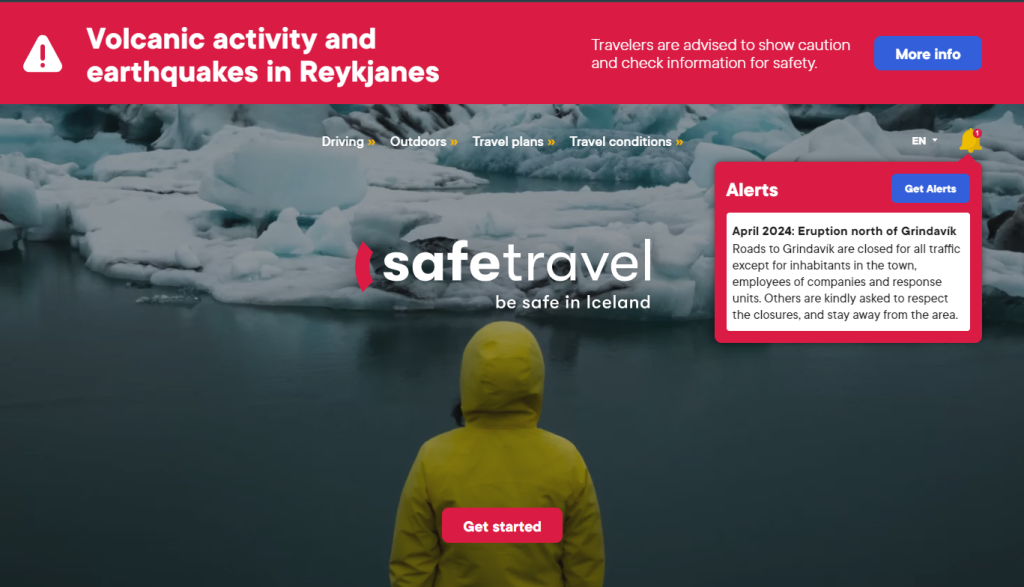
Iceland Volcanoes Map: The Top 5 Safest Volcanoes to Visit in Iceland
1/ Thrihnukagigur: The Only Volcano You Can Enter
- Where: Near Reykjavik
- How to get there: The best way to reach Thrihnukagigur is by rental car, preferably a 4×4 rental car
- Time to visit: Summer
There’s something extra special about the Thrihnukagigur volcano. It’s the only volcano on earth that you can go inside!
Thrihnukagigur is a dormant volcano, just outside of Iceland’s capital, Reykjavik. Visitor’s hop aboard an lift that takes them deep inside the dormant volcano’s magma chamber.
The volcano’s last eruption was 4,500 years ago and you’ll see where lava once spewed from the center of the earth. Colorful rock formations make this once-in-a-lifetime adventure even more spectacular.
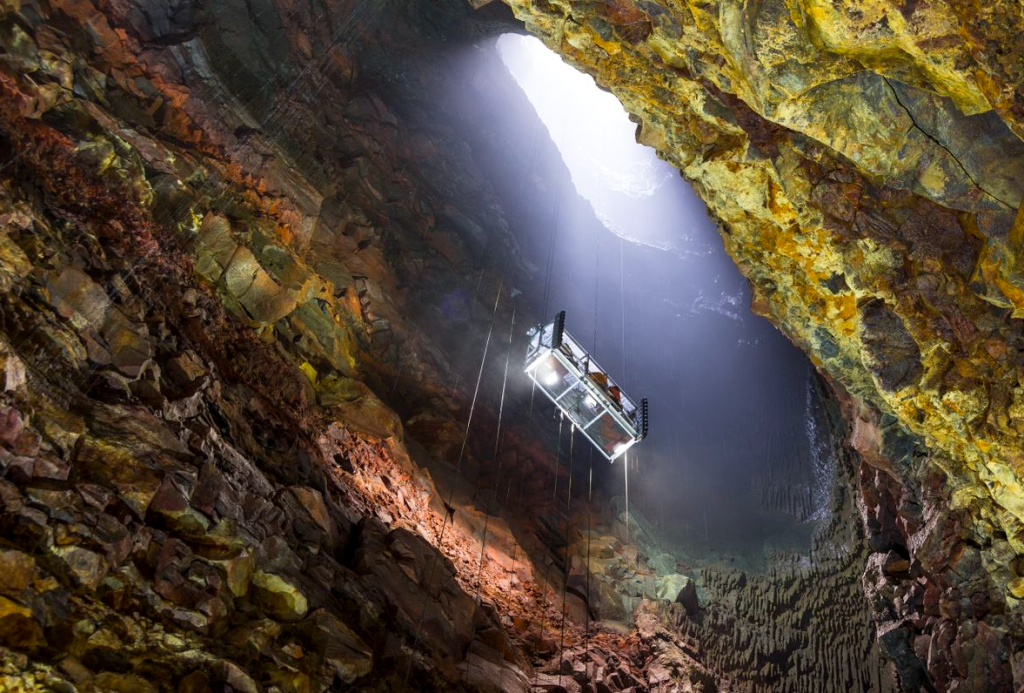
More about Thrihnukagigur Volcano
Discovered in 1974 and opened for tourism in 2012, Thrihnukagigur’s vast chamber is large enough to fit iconic structures like the Statue of Liberty, showcasing a remarkable array of mineral colors on its walls.
The adventure begins with a scenic drive to the Blue Mountains, followed by a moderate hike across a beautiful lava field to reach the volcano. Here, visitors take an elevator down 120 meters into the earth, exploring the depths of a dormant volcano whose last eruption occurred about 4,000 years ago.
Visiting during the summer months is ideal, as this is when the Inside the volcano tours operate. The journey not only includes the descent but also offers insights into the geological and historical significance of this natural wonder.
For practical tips, remember to wear sturdy hiking shoes and prepare for variable weather conditions, as the site can be quite windy and rainy. The tour itself, while on the higher end in terms of cost, is often described as a once-in-a-lifetime experience that’s well worth the investment.
For those planning a visit, renting a car is recommended. The drive from Reykjavik is straightforward, taking about 20 minutes, and it allows flexibility to explore the surrounding areas as well.
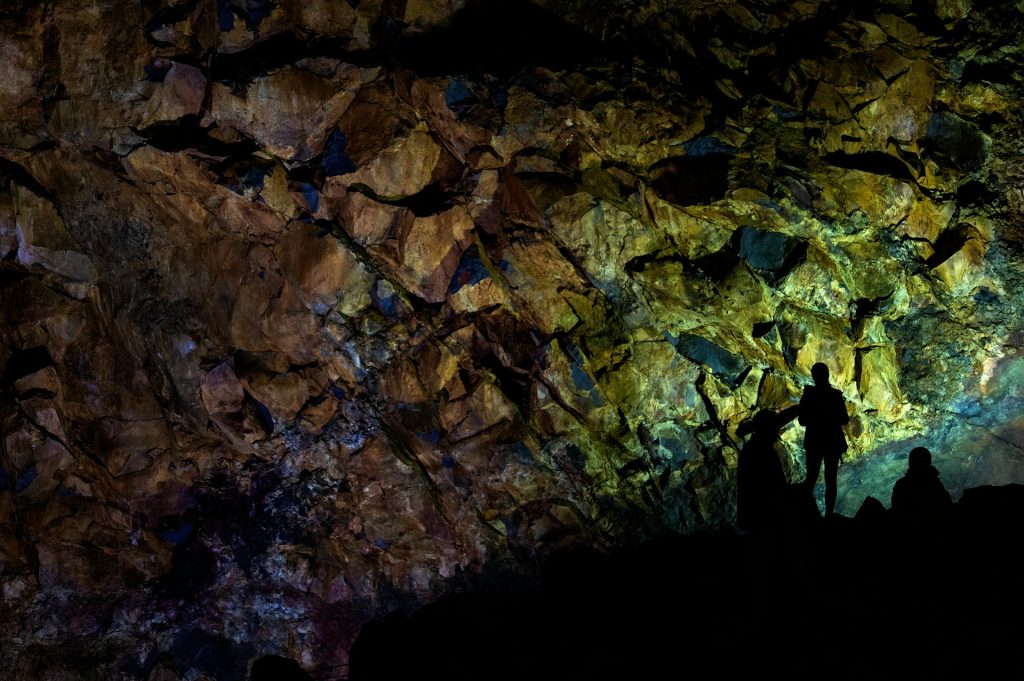
2/ Eyjafjallajokull: Iceland’s Most Famous Volcano
- Where: Southern Iceland, view from a distance
- How to get there: Rent a car and drive there
- Time to visit: Summer Only
You might recognize Eyjafjallajokull’s name. This boisterous volcano became world famous when it erupted in 2010, wreaking havoc on Europe’s air traffic.
Located just a two hour drive from Reykjavik, head south along the Ring Road to witness this popular volcano. Drive until you reach the small town of Hvolsvöllur where you’ll make a turn onto Route 261. From here, park at the parking lot at the end of the road. You’ll only be able to see it from afar, but this impressive sight is well worth the trek.
It’s easy to combine this road trip with other sights like the striking Seljalandfoss waterfall, Reynisfjara Beach, and even seeing puffins on Vestmannaeyjar Island.
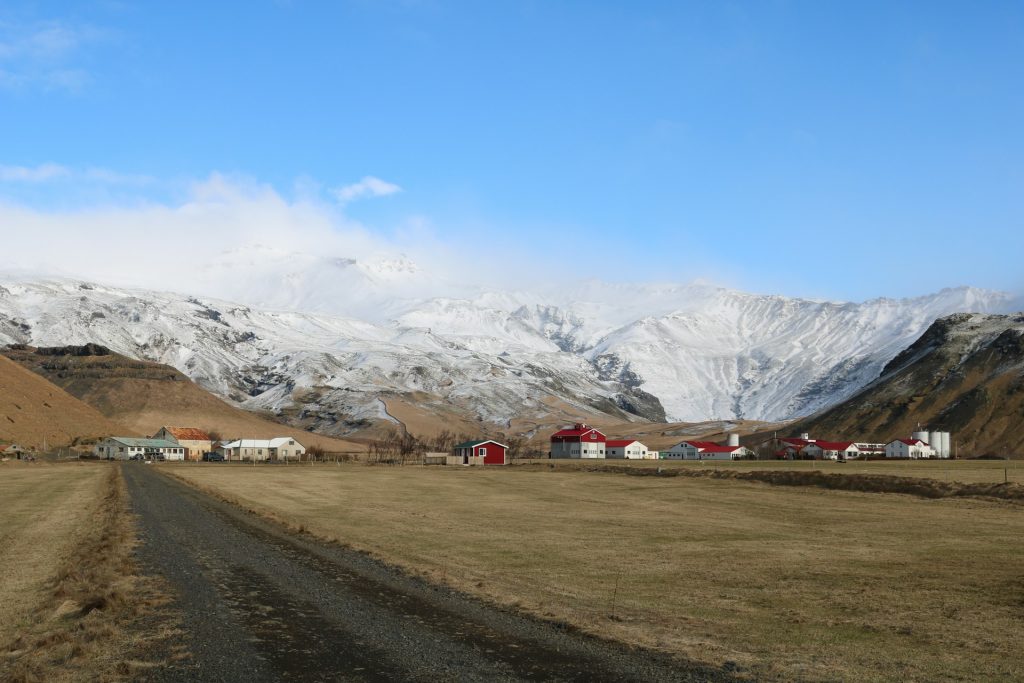
More about Eyjafjallajokull volcano
Eyjafjallajokull, famed for its 2010 eruption that disrupted European air travel, is one of Iceland’s most iconic volcanoes and a must-see for any visitor interested in the dramatic interplay of fire and ice that characterizes the Icelandic landscape.
Located in Southern Iceland, about two hours southeast of Reykjavik via the Ring Road (Route 1), Eyjafjallajokull can be observed from a distance. A recommended stop is near the small town of Hvolsvöllur, where you can turn onto Route 261 and find a parking area that offers a good viewpoint.
The best time to visit Eyjafjallajokull is during the summer months, from June to August, when the weather is most favorable. However, it’s important to prepare for variable weather conditions, even during these months. Dressing in layers and wearing sturdy, waterproof footwear is advised due to the unpredictable Icelandic climate.
For those interested in learning more about the volcano’s history and impact, the Eyjafjallajokull Visitor Centre, located at the base of the volcano, provides insightful exhibitions. Here, you can watch a short film that chronicles the spectacular natural events of the 2010 eruption and explore displays that delve into the personal stories of local residents affected by the eruption.
Combining a trip to Eyjafjallajokull with visits to nearby attractions like the Seljalandsfoss waterfall and Reynisfjara Beach enhances the experience, allowing for a fuller appreciation of Iceland’s stunning natural beauty. For a truly immersive experience, consider joining a guided tour, which can include additional insights and ensure safety while exploring the glacier-covered volcano.
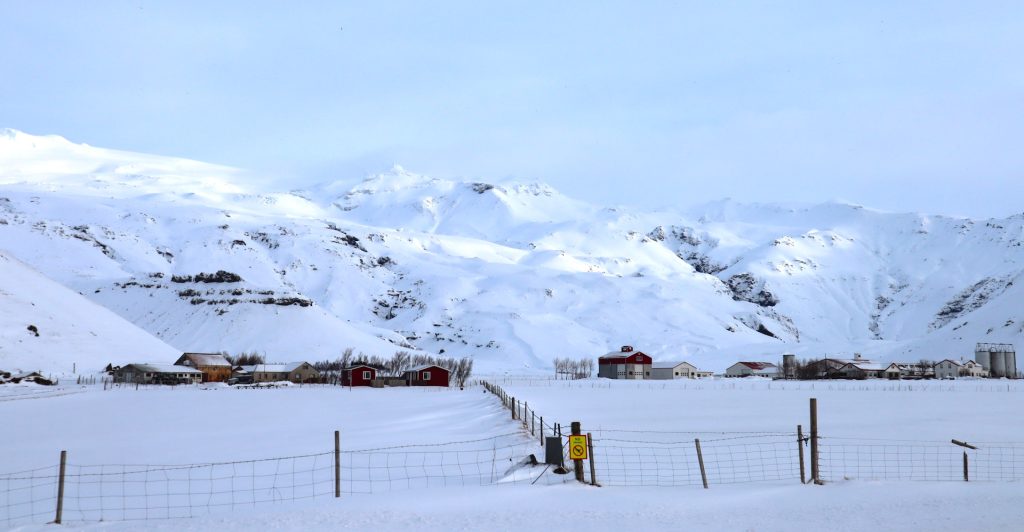
3/ Katla Volcano: See a Black Glacier Ice Cave
- Where: Southern Iceland
- How to get there: Rent a car, a standard vehicle is okay in summer
- Time to visit: all year
Katla is Eyjafjallajokull’s less tumultuous little sister and is located right next to this infamous volcano. Historically, an eruption at Eyjafjallajokull means that Katla will soon erupt too.
A visit to this volcano is particularly interesting as you can take an katla Ice Cave Tour! Part of Katla lies beneath the Myrdalsjokull Glacier. You can go underground to explore these ice caves any time of year, a rarity as many of Iceland’s ice caves can only be toured in the summer months.
Exploring the Katla Volcano and its ice caves is an exceptional adventure, available year-round, which distinguishes it from many of Iceland’s other ice cave experiences. The Katla ice cave, located beneath the Kötlujökull glacier, part of the larger Mýrdalsjökull glacier, offers a unique sight with its stunning shades of blue ice mixed with ash from previous eruptions.
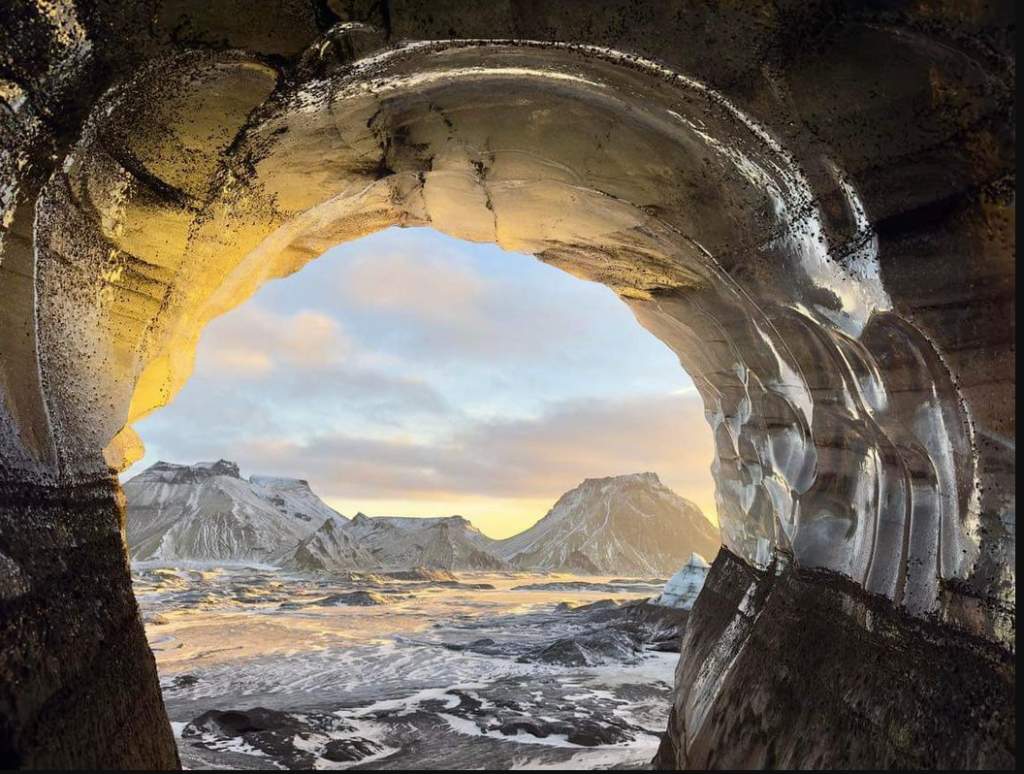
More about Katla Volcano and ice cave
To visit the Katla ice cave, you can join a guided tour, which typically starts from the village of Vík in Southern Iceland. These tours are essential as the area can be difficult to navigate and potentially dangerous without proper guidance and equipment. Visitors are transported in specially modified 4×4 Super Jeeps, equipped to handle the challenging terrain, including black volcanic sands and glacier surfaces.
During the tour, you will be provided with essential safety gear like crampons and helmets to navigate the icy conditions safely. The journey to the cave includes a scenic drive and a short hike, during which you can enjoy the breathtaking landscapes of Southern Iceland. Once inside the cave, the interplay of light and the unique ice formations create a mesmerizing experience, showcasing the raw beauty of Iceland’s natural forces .
Visiting during the summer offers a slightly different experience as the ice cave’s appearance can change due to the melting patterns influenced by the season. No matter when you visit, the vivid blue and black hues of the cave’s interior provide a stunning contrast and a perfect backdrop for photography.
For a safe and enriching visit, it’s recommended to wear warm, waterproof clothing and sturdy hiking shoes. The guided tours ensure you have the necessary information and support to fully appreciate the natural history and geological significance of Katla and its ice caves.
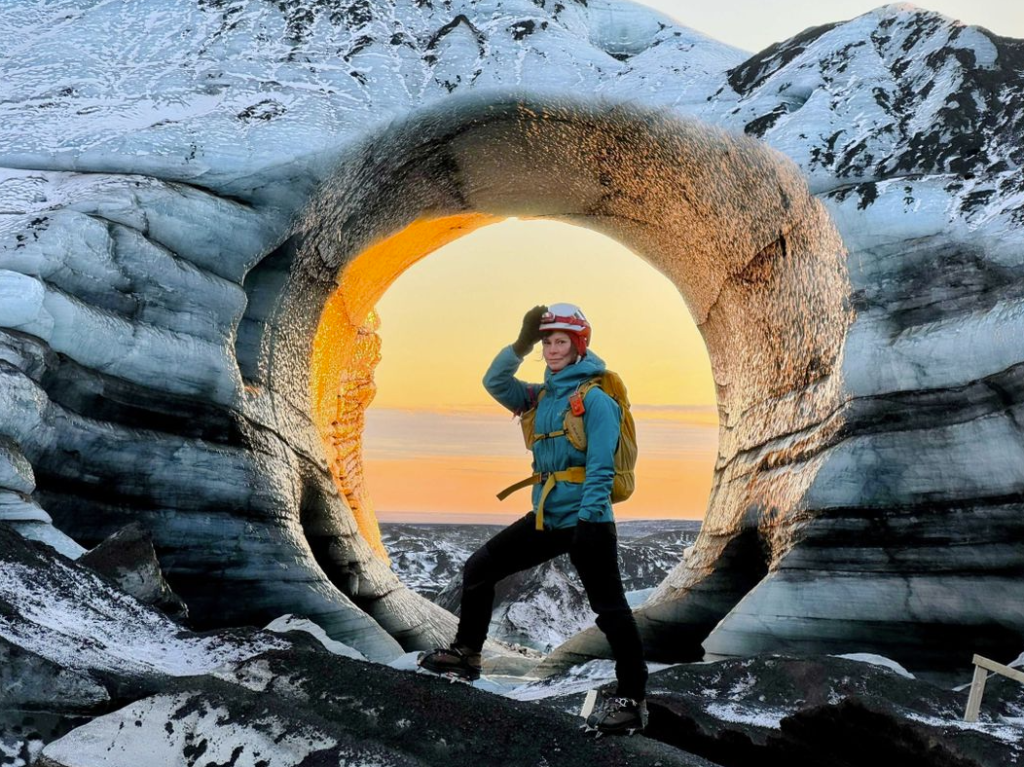
4/ Snaefellsjokull Volcano: The Door to the Center of the Earth
- Where: Reykjanes Peninsula
- How to get there: Rent a standard vehicle
- Time to visit: Summer
Ever heard of the book, Journey to the Center of the Earth? Jules Verne’s adventure classic takes place in the very heart of Snæfellsjokull!
Technically speaking, Snæfellsjokull is an active volcano although it hasn’t erupted for 1,800 years. Hidden beneath a glacier, Snæfellsjokull is located on the magical Snæfellsjokull Peninsula to the north of Reykjavik.
Follow the famous Route 1 (Ring Road) north out of Reykjavik until you reach the Gateway to the West of Iceland, Borgarnes. Here, turn onto Route 54 until you turn left onto Route 574. You’ll see signs towards the end of the road and eventually reach a parking lot where it’s possible to get an up close look.
Although you won’t be able to go inside the lava tubes like protagonist Professor Otto Lidenbrock, experienced hikers can climb to the top of Snæfellsjokull with a guide and there are several companies who also take visitors up on snowmobiles in the summer.
It’s often possible to see Snæfellsjokull from Reykjavik on a clear day as it lies just across Faxaflói Bay!
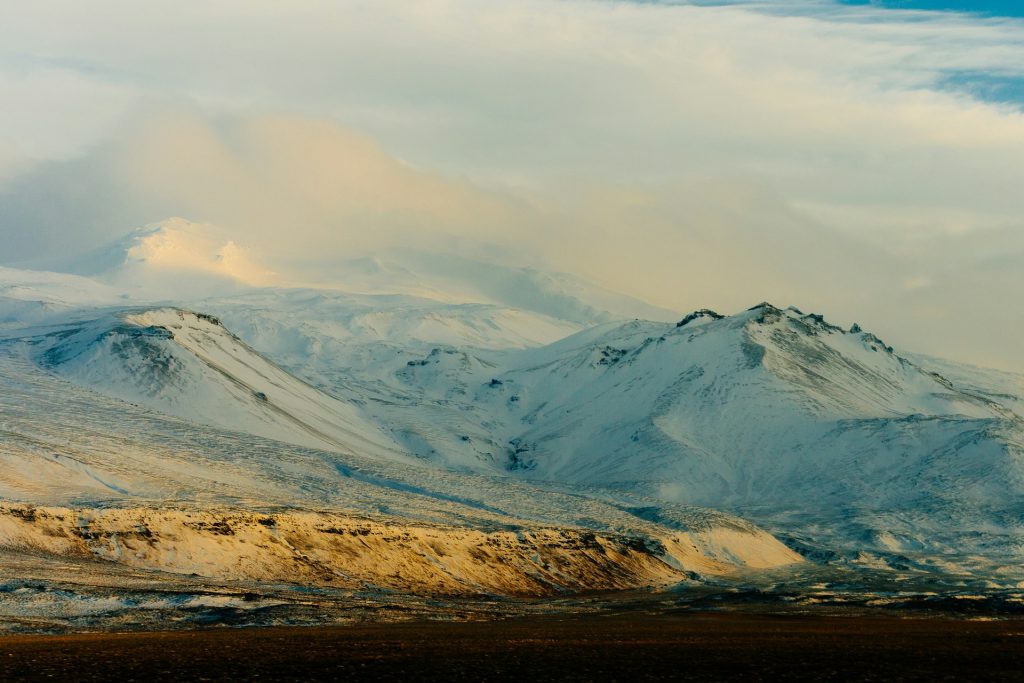
More about Snaefellsjokull
Snæfellsjökull, often heralded as the gateway to the center of the earth thanks to its feature in Jules Verne’s famous novel, offers a majestic backdrop for adventurers and literature fans alike. This active volcano, located on the western tip of the Snæfellsnes Peninsula, has not erupted for nearly 1,800 years and is covered by a glacier that makes it a prime spot for hiking and experiencing the stark, natural beauty of Iceland.
To reach Snæfellsjökull, you can drive from Reykjavik north along Route 1 to Borgarnes, and then continue on Route 54 to Route 574, which leads directly to the park. The journey through the Snæfellsnes Peninsula is spectacular, offering views of dramatic landscapes that include everything from lava fields to the rugged coastline.
During the summer months, which are the best time to visit, the region offers various guided tours that can include hiking up to the glacier’s summit. These hikes are demanding and typically require good physical health and some hiking experience, as they often cover snowy and icy terrains . For those less inclined towards strenuous hikes, the area is also accessible via less demanding trails that still offer incredible views and opportunities to learn about the geological and mythical history of this mystic mountain.
The national park itself is rich with diverse attractions, from the famed Djúpalónssandur pebble beach to the mystical lava formations at Lóndrangar. It’s also a place imbued with folklore and tales of ancient protectors and hidden people, which adds an intriguing layer of culture to your visit.
Whether you’re there for the hiking, the history, or the stunning views, Snæfellsjökull is a quintessential Icelandic experience, capturing the essence of the island’s unique blend of natural wonder and literary fame.
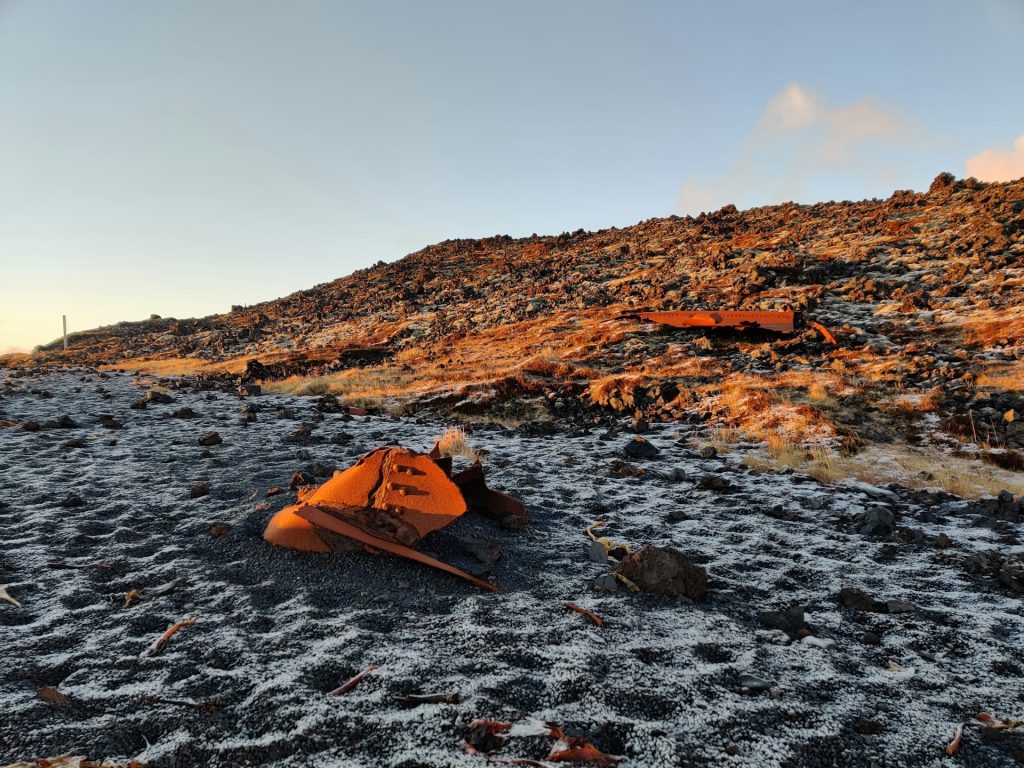
5/ Krafla Volcano: See a Turquoise Crater Lake
- Where: Northern Iceland
- How to get there: Rent a standard car
- Time to visit: Summer
Located in Iceland’s far north, the Krafla Volcano is a stunning sight to see. Covered by the Viti cold crater lake, this natural pool of water is a striking shade of blue.
Krafla has erupted many times in the 20th century and you can explore the nearby lava fields to see remnants of past volcanic activity.
The road that leads to Krafla and the Viti Crater is just off of the famous Ring Road (Route 1). You’ll turn onto Road 863, a paved roadway, to reach the small parking lot of Krafla. A short trail leads around the caldera and you’ll see signs of geothermal activity everywhere.
The Krafla Volcano is close to the beautiful Lake Mývatn, an area that’s also home to one of Iceland’s famous natural hot springs. Don’t miss the chance to stop at the Mývatn Nature Baths for a rejuvenating soak!
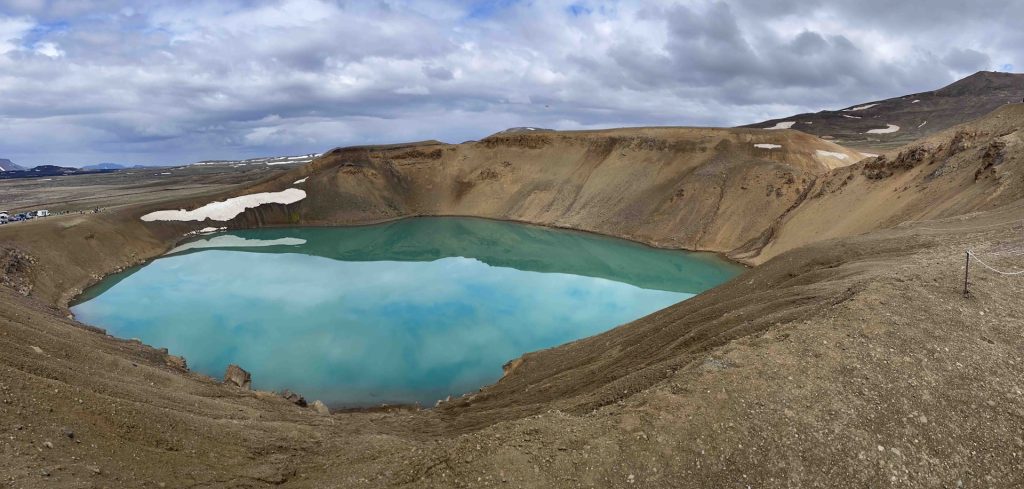
More about Krafla Volcano
Krafla Volcano, located in the scenic North of Iceland near the Mývatn region, is renowned for its breathtaking Viti Crater Lake, which boasts a unique turquoise hue. The color of the lake is a result of minerals from the area’s geothermal activity, creating a striking contrast against the volcanic landscape.
Visitors can reach Krafla by taking the Ring Road (Route 1) and turning onto Road 863, which leads directly to a well-marked parking area. From there, a relatively easy hiking trail circles the rim of the crater, offering panoramic views of the caldera and the geothermal vents dotting the landscape.
Krafla has a history of significant volcanic activity, with numerous eruptions recorded during the 20th century. The most recent eruptions, known as the Krafla Fires, occurred between 1975 and 1984 and have shaped much of the current landscape. Visitors can explore the extensive lava fields that tell the tales of these past eruptions and observe ongoing geothermal activity.
Nearby attractions include the Mývatn Nature Baths, a popular geothermal spa that offers a relaxing soak in mineral-rich waters, providing a perfect end to a day of hiking and exploration around Krafla. Additionally, the region is home to other fascinating geological formations, including the Leirhnjúkur lava fields, which are still warm from geothermal activity, and the Hverir geothermal area, where visitors can see boiling mudpots and steam vents.
For those interested in learning more about the geothermal power harnessed in this region, the Krafla Power Station offers tours that explore the sustainable energy practices vital to Iceland’s power supply.
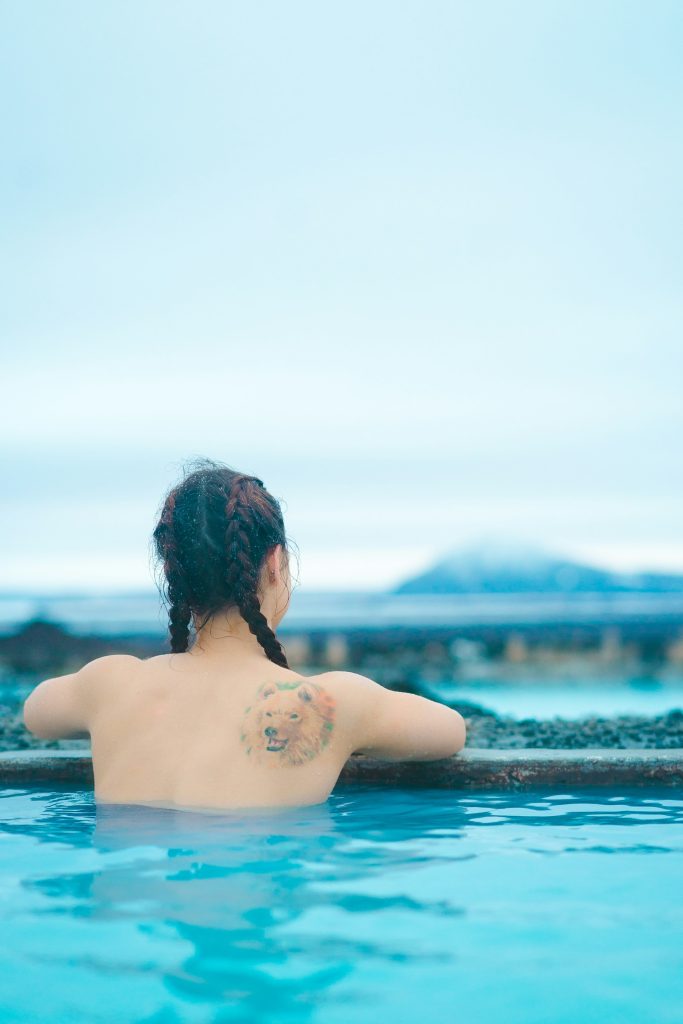
Conclusion
Iceland might be one of the best places in the world to stand in the presence of a mighty volcano.
If you’re planning on visiting one of Iceland’s incredible volcanoes, renting a car is the best way! Rent your 4×4 or standard vehicle through Firefly Iceland Car Rentals for some of the most affordable deals in the country.
